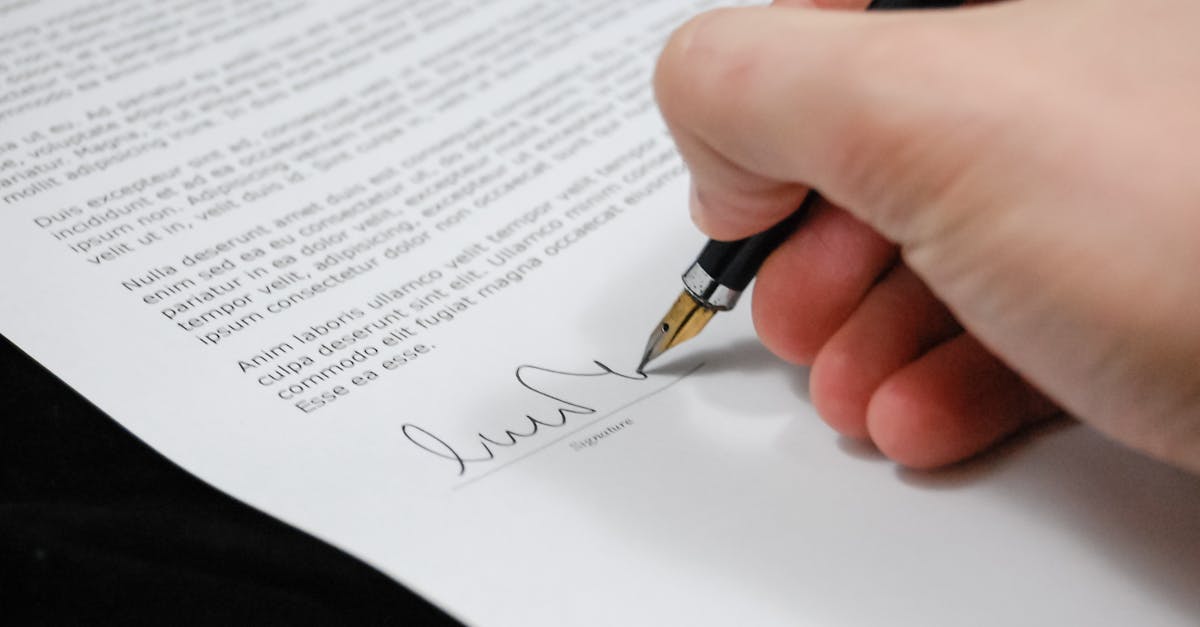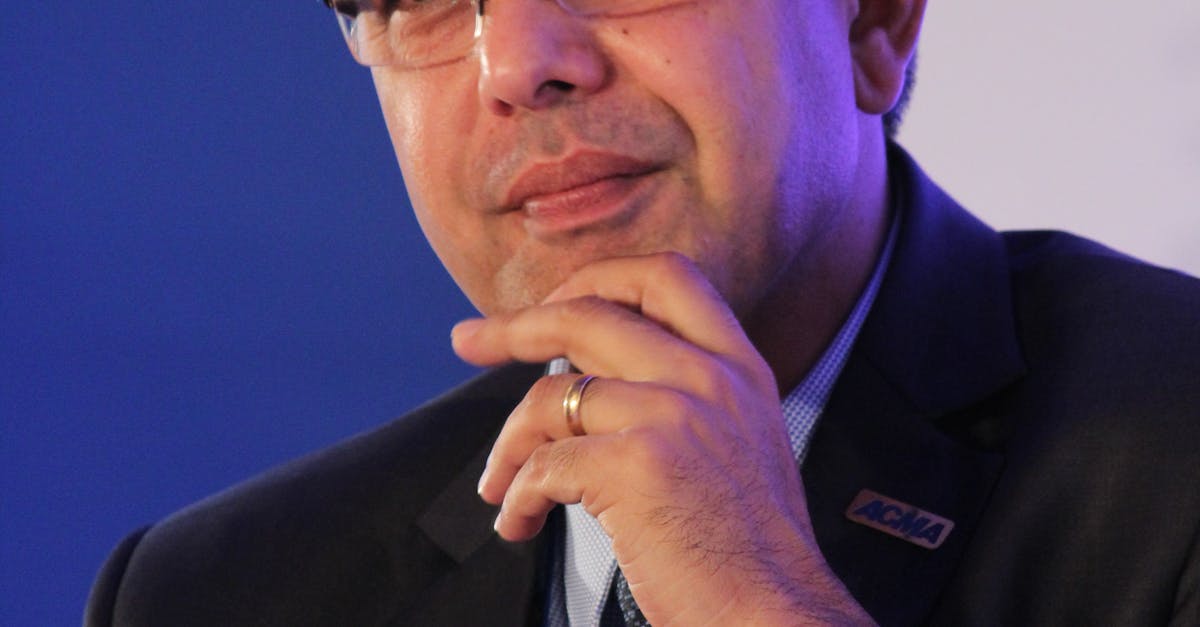
Bankruptcy Chapters Explained
Bankruptcy Law in New York, New York outlines several chapters that govern bankruptcy proceedings in the United States. Each chapter serves a specific purpose and provides individuals and entities with options for debt relief and financial restructuring. Chapter 7 bankruptcy, also known as liquidation bankruptcy, involves the sale of non-exempt assets to discharge debts. In contrast, Chapter 13 bankruptcy allows individuals with a regular income to create a repayment plan to settle their debts over a period of time.
On the other hand, businesses often opt for Chapter 11 bankruptcy, a reorganization bankruptcy that enables companies to continue operations while developing a plan to repay creditors. This chapter is commonly used by businesses seeking to restructure their debts and emerge stronger financially. Understanding the differences between these bankruptcy chapters is crucial for individuals and businesses navigating financial challenges within the framework of the Bankruptcy Law in New York, New York.
Chapter 11 Bankruptcy
Chapter 11 Bankruptcy is a specific chapter within the Bankruptcy Law in New York that allows businesses to reorganize their debts while continuing their operations. This type of bankruptcy is commonly utilized by large corporations seeking relief from overwhelming debt burdens. Unlike Chapter 7 bankruptcy, which involves liquidating assets to pay off creditors, Chapter 11 allows the debtor to propose a plan to repay creditors over time.
Under Chapter 11 bankruptcy, the debtor retains control over their assets and operations while working with creditors to reorganize and pay off debts. This process can be complex and time-consuming, often requiring the expertise of legal and financial professionals to navigate successfully. In some cases, a business may emerge from Chapter 11 bankruptcy stronger and more financially stable, while in others, the business may ultimately be forced to liquidate.
Bankruptcy Discharge
When a debtor successfully completes a bankruptcy case, they may be eligible for a discharge. This discharge releases the debtor from personal liability for certain types of debts and prohibits creditors from taking any further action to collect those debts. However, not all debts can be discharged through bankruptcy. Debts that typically cannot be discharged include child support payments, most tax debts, and debts related to fraud. It is crucial for individuals navigating bankruptcy in New York, New York to understand which debts may be discharged and which will remain their responsibility.
The bankruptcy discharge is a powerful tool that provides debtors with a fresh start by relieving them of overwhelming financial obligations. It is important to note that creditors are prohibited from attempting to collect any discharged debts, as doing so would violate the bankruptcy court's orders. Understanding the nuances of the bankruptcy discharge process is essential for individuals seeking relief under the Bankruptcy Law in New York, New York.
Understanding Debt Discharge
Debt discharge in bankruptcy proceedings under the Bankruptcy Law in New York, New York is a vital aspect that provides a debtor with the possibility of wiping out certain types of debt. When a debt is discharged, the debtor is no longer legally obligated to pay it. This relief offers individuals and businesses a fresh start financially, allowing them to move forward without the burden of overwhelming debt. However, it is crucial to note that not all debts are eligible for discharge, and understanding which debts can be discharged is essential for a successful bankruptcy filing in New York, New York.
Common types of debts that can be discharged in bankruptcy include credit card debt, medical bills, personal loans, and past utility bills. On the other hand, certain debts such as student loans, child support, alimony, and certain tax debts are usually not dischargeable in bankruptcy. It is important for debtors to work closely with their bankruptcy attorney to ensure they are fully aware of which debts can and cannot be discharged in their specific case. A thorough understanding of debt discharge is crucial for individuals and businesses seeking relief through bankruptcy in New York, New York.
Bankruptcy and Your Assets
Bankruptcy and your assets play a crucial role in the legal process of bankruptcy law in New York, New York. When declaring bankruptcy, it is essential to understand how your assets will be affected. Assets fall into two categories: exempt and non-exempt. Exempt assets are protected under bankruptcy law and cannot be used to fulfill debt obligations. Non-exempt assets, on the other hand, can be used to repay creditors. It is vital to know which of your assets are exempt and non-exempt to navigate the bankruptcy process effectively.
In the state of New York, specific assets are exempt from being liquidated to pay off debts under bankruptcy law. These exempt assets include but are not limited to primary residences, certain retirement accounts, personal belongings, and some types of insurance policies. Non-exempt assets, such as second homes, valuable artwork, investments, and luxury items, may be subject to liquidation to repay creditors. Understanding the distinction between exempt and non-exempt assets is key to safeguarding your possessions while satisfying debt obligations through the bankruptcy process in New York, New York.
Exempt vs. NonExempt Property
Bankruptcy law in New York, New York, distinguishes between exempt and non-exempt property when an individual or entity files for bankruptcy. Exempt property refers to assets that the debtor is allowed to keep and is protected from being liquidated to pay off debts. Examples of exempt property typically include a primary residence, certain personal belongings, retirement accounts, and tools of the trade, up to a certain value. Non-exempt property, on the other hand, is not protected and can be sold by the bankruptcy trustee to satisfy creditors' claims. This may include luxury items, additional properties, valuable artwork, and cash in bank accounts beyond a certain threshold. Understanding the distinction between exempt and non-exempt property is crucial for individuals considering bankruptcy as it can affect what assets may be retained during the bankruptcy process.
FAQS
What is bankruptcy according to US law?
Bankruptcy is a legal process that allows individuals and businesses to get relief from their debts and start fresh financially under the protection of the federal bankruptcy court.
How many chapters are there in the US bankruptcy law?
The US bankruptcy law has several chapters, but the most common ones individuals and businesses file under are Chapter 7 and Chapter 13.
What is Chapter 11 bankruptcy?
Chapter 11 bankruptcy is a reorganization bankruptcy typically used by businesses to restructure their debts and continue operating while developing a plan to repay creditors.
How does bankruptcy discharge work in the United States?
Bankruptcy discharge is a court order that releases debtors from personal liability for certain types of debts, meaning they are no longer legally required to pay them.
What is the difference between exempt and non-exempt property in bankruptcy?
Exempt property refers to assets that are protected from being used to repay debts during bankruptcy, while non-exempt property can be sold to repay creditors. Understanding this distinction is crucial when filing for bankruptcy in the US.




